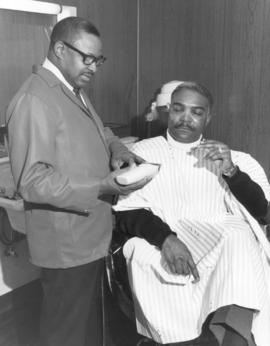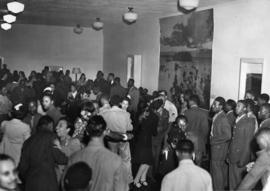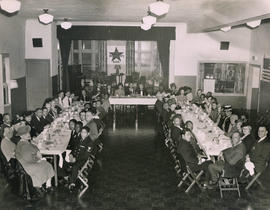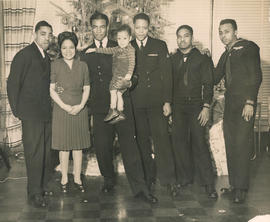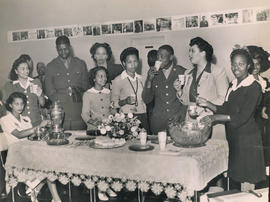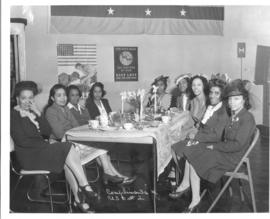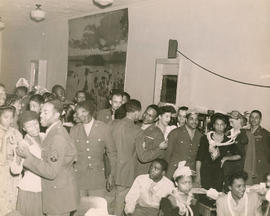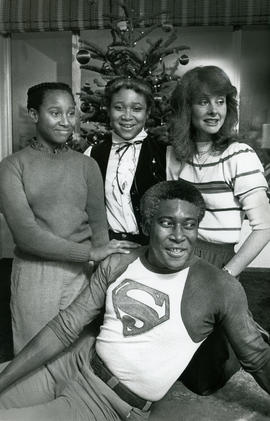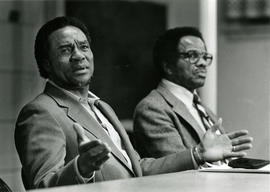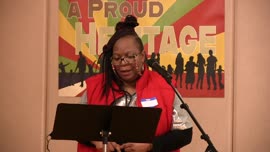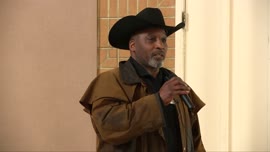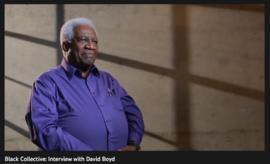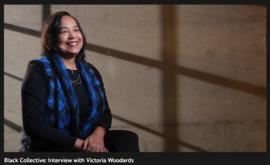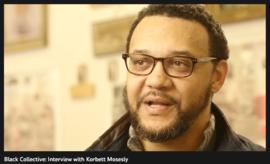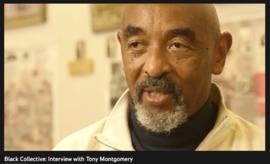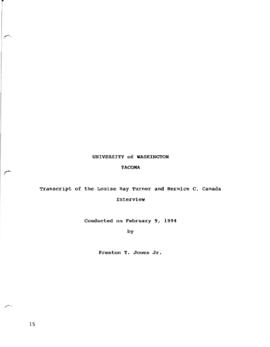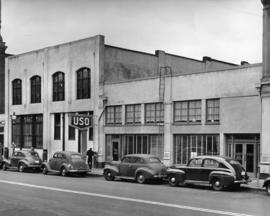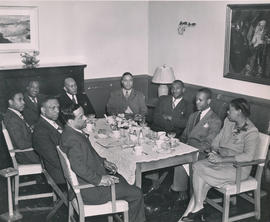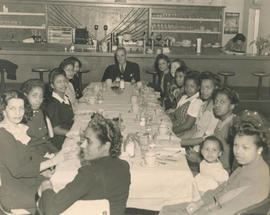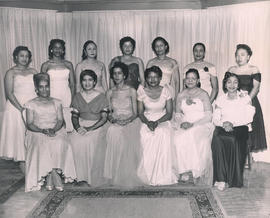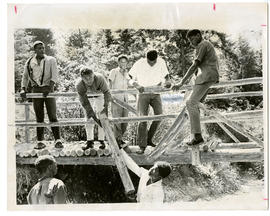- Item
- 1969-02-23
Part of Richards Studio Photographs
In February of 1969 Edward Taylor (far left) showed a new electric hair clippers to an unidentified customer in his newly remodeled barber shop. Mr. Taylor opened the Ed Taylor Barber & Beauty Salon at 2151 South K Street (now Martin Luther King, Jr. Way) in Tacoma's Hilltop area in 1965. With "lots of hard work" and help from the Small Business Administration he was able to develop a salon that could accommodate all types and textures of hair. In a News Tribune article published in February of 1972 he was shown working on the hair of Mel Jackson, at that time administrative assistant to Tacoma's city manager.
Barbershops--Tacoma--1960-1970; Beauty shops--Tacoma--1960-1970; Shaving equipment; Ed Taylor Barber & Beauty Salon (Tacoma); Taylor, Edward;
